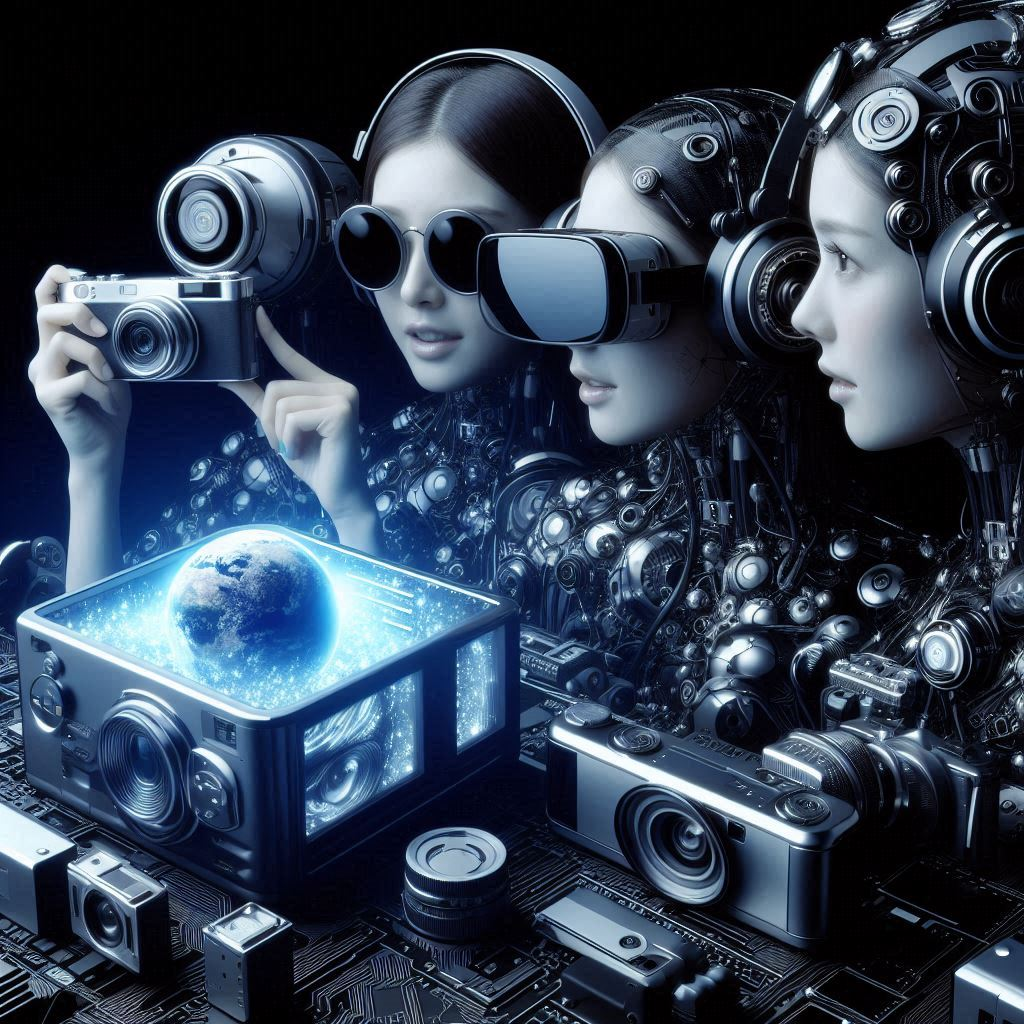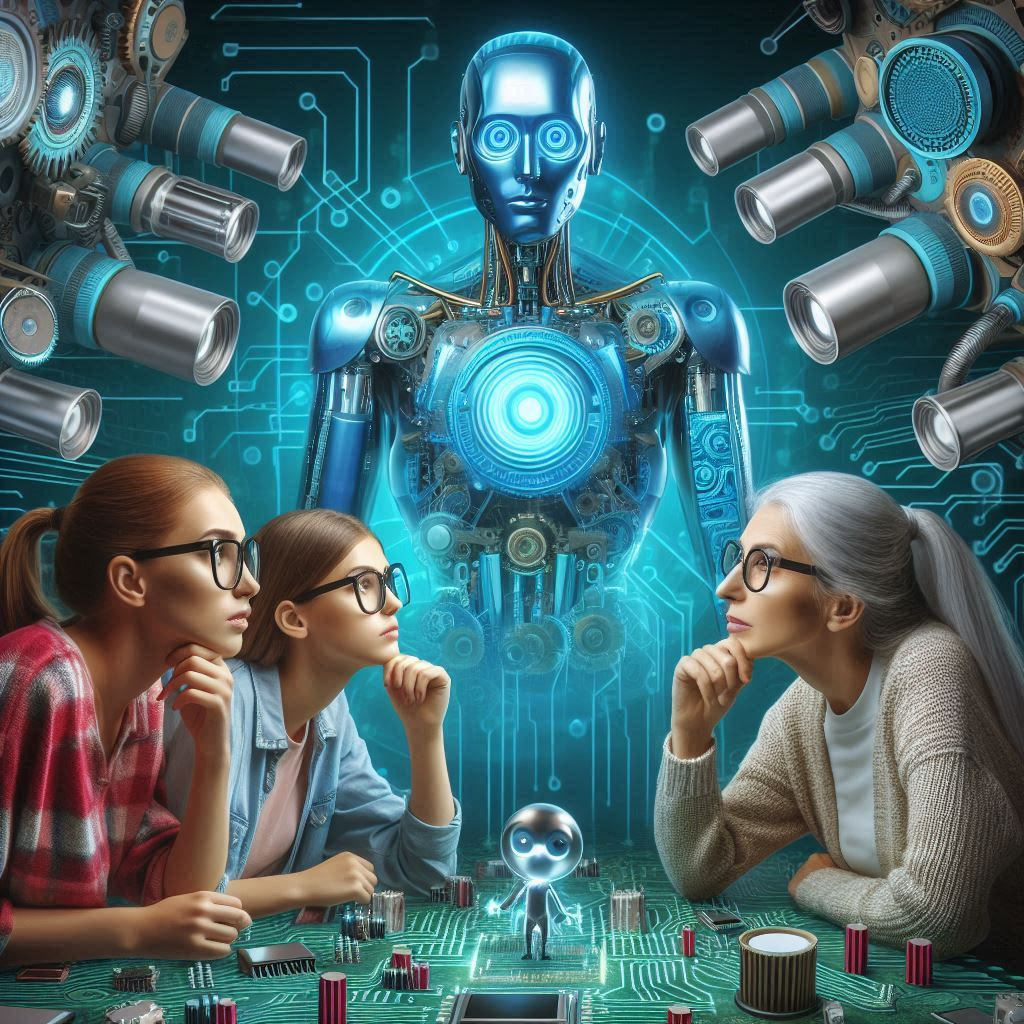Do you know the surprising fun facts about electronics that have revolutionized our world?
Let us study some fascinating and unexpected details regarding the electrical gadgets that are all around us.

What are some fun facts about electronics?
1. The First Transistor
At Bell Laboratories, John Bardeen, William Shockley, and Walter Brattain created the first transistor in 1947.
This little gadget created the foundation for modern computing and changed electronics.
2. Silicon Valley’s Origins
The region of California famed for its tech companies is referred to as “Silicon Valley.”
Its significant concentration of businesses producing silicon chips is how it gained its nick name.
3. Tiny Transistors Facts about Electronics
Transistors nowadays are remarkably tiny.
Some are thousands of times smaller than human hair, measuring only a few nanometers in width.
4. Moore’s Law
Moore’s Law, so named for Intel co-founder Gordon Moore, states that as microchip transistor counts double roughly every two years, computing power will increase and transistor costs will decrease.
5. The Oldest Computer
An ancient analog computer from approximately 100 BC was found on a shipwreck off the coast of Greece.
It is known as the Antikythera mechanism. Eclipses and astronomical positions were predicted with its help.
6. Quantum Computers Facts about Electronics
Quantum computers use qubits, which are particles that may simultaneously represent and process 0s and 1s, in place of classical computers, which use bits (0s and 1s).
This might be able to address challenging issues far more quickly than current supercomputers.
7. Integrated Circuits
Initially created in 1958 by Jack Kilby at Texas Instruments and Robert Noyce at Fairchild Semiconductor, the integrated circuit (IC) is a device that combines several electronic components onto a single chip.
This invention had a significant role in the growth of modern electronics.
8. The World’s Smallest Computer
Some of the tiniest computers available today are only a few millimeters in size because of recent improvements.
Environmental sensors and medical implants frequently use these tiny devices.
9. LED Evolution Facts about Electronics
Nick Holonyak Jr. created the first usable LED (Light Emitting Diode) in 1962. It sent off a red glow.
LEDs are used in everything from energy-efficient lights to display screens nowadays, and they come in a range of colors.
Read: Fun Facts About the Gorilla Especially the Number 3
10. Electricity’s Speed
The real drift speed of electrons in a conductor is very slow, about the speed of electricity, which is more accurately the speed of the electromagnetic field carrying electrical energy.
The electromagnetic wave is what gives the impression that energy moves quickly.
11. Capacitors in Cameras
Capacitors are used in digital cameras, particularly the earlier types, to store energy for the flash.
They have the rapid release of a great deal of energy, which produces the brilliant flash of light.
12. The Internet of Things (IoT)
The network of linked gadgets that communicate with one another through the internet is referred to as the Internet of Things.
This idea goes beyond cellphones and computers to cover commonplace appliances like lightbulbs, refrigerators, and thermostats.
13. Resistor Color Codes Facts about Electronics
The resistance value of resistors is indicated by color bands.
The color coding scheme was created and has been in use for many years to make it easier to identify resistor values.
A resistor with red, red, and brown bands, for instance, signifies a resistance of 220 ohms.

14. The Power of Vacuum Tubes
Vacuum tubes were the main component of early computers and radios before transistors.
They were significant in the creation of the first electronic gadgets because they could amplify electrical signals.
15. Nobel Prize in Physics
The transistor’s creators were granted the 1956 Nobel Prize in Physics in recognition of their groundbreaking creation.
This was a turning point in the history of electronics.
16. Memory and Speed Facts about Electronics
Processor and memory speeds in computers have increased quickly.
In the case of modern computers typically have memory measured in gigabytes (GB) or even terabytes (TB), whereas early personal computers’ memory was measured in kilobytes (KB).
Read: Shocking 20 Fun Fact About World War 1 Secrets You Won’t Believe
17. Microcontrollers Everywhere
Microcontrollers are tiny computers on a chip that are used in a wide variety of products, including automobile systems and microwave ovens.
They manage and keep an eye on a number of these gadgets’ operations and procedures.
18. Solar Cells
Bell Laboratories created the first solar cell that was useful in 1954.
Since it was rather inefficient by today’s standards and composed of silicon, it launched solar energy as a practical power source.
19. Artificial Intelligence
Machine learning and artificial intelligence rely largely on electronics.
Large dataset processing is accelerated by advanced algorithms running on specialized hardware like GPUs (graphics processing units) and TPUs (tensor processing units).
20. Wireless Power
Electromagnetic fields are used in technologies like Qi wireless charging to transfer energy between two objects.
The practice of charging gadgets without physical hookups, like cell phones as well as electric toothbrushes, is growing in popularity.
Bottom Line
The world of electronics is full of miracles, ranging from the early beginnings of electricity to the modern technology of today.
These fun facts about electronics provide only a little taste of this incredible field's amazing journey.
Read: What Are Shocking Facts?
